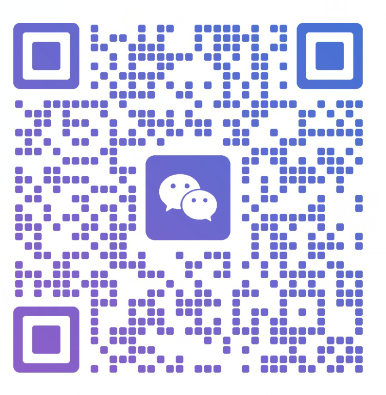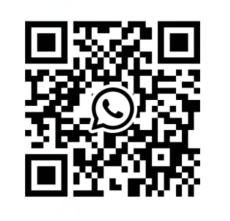What is the structure of RFID library Label?
Aug 27, 2018
The library's label identifies the book number. It usually consists of two parts, the upper part is the classification number of the book, and the lower part is the seed number (author number), which is the basis of the book shelf.
Advantage:
1. Optimize self-service management, quickly and quickly inventory, easy to trace
2, multi-tag identification, high recognition sensitivity, fast speed, with a global unique identification code
3. Mainly used in the field of radio frequency identification (RFID) such as book management, asset management, anti-theft management, etc.
●Basic parameters
Type passive electronic tag
Operating frequency 13.56MHz, 860-960MHz
International Standard ISO15693, ISO/IEC 18000-6C EPC Class1 Gen2
●Physical parameters
Size 50*50mm, flexible size and customizable
Packaging material PET, PVC, coated paper
Antenna processing method
Surface process printing, printing, writing data
●Performance parameters
Integrated chip I CODE SLIX, Alien H3, impinjM4D/M4E/M4QT/M5
Storage capacity related to integrated chips
Working mode
Data storage time >10 years
100,000 erasable times
Read and write distance 0-5cm, 0-10m (reading distance is related to working environment and reader)
●Environment parameters
Working temperature (-25°C~+55°C)
Storage temperature (-35 ° C ~ +75 ° C)
●Packaging
Packaging information:Roll / Leaflet
More information ,please contact:sales@mhgyjs.com
Read More

